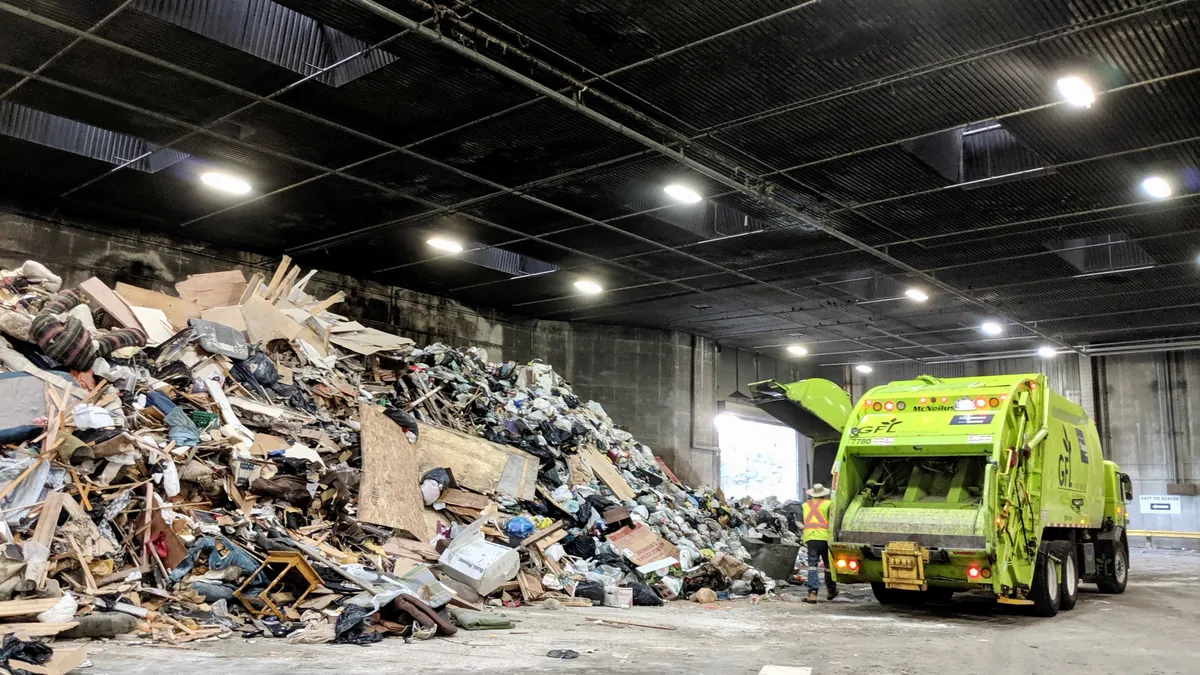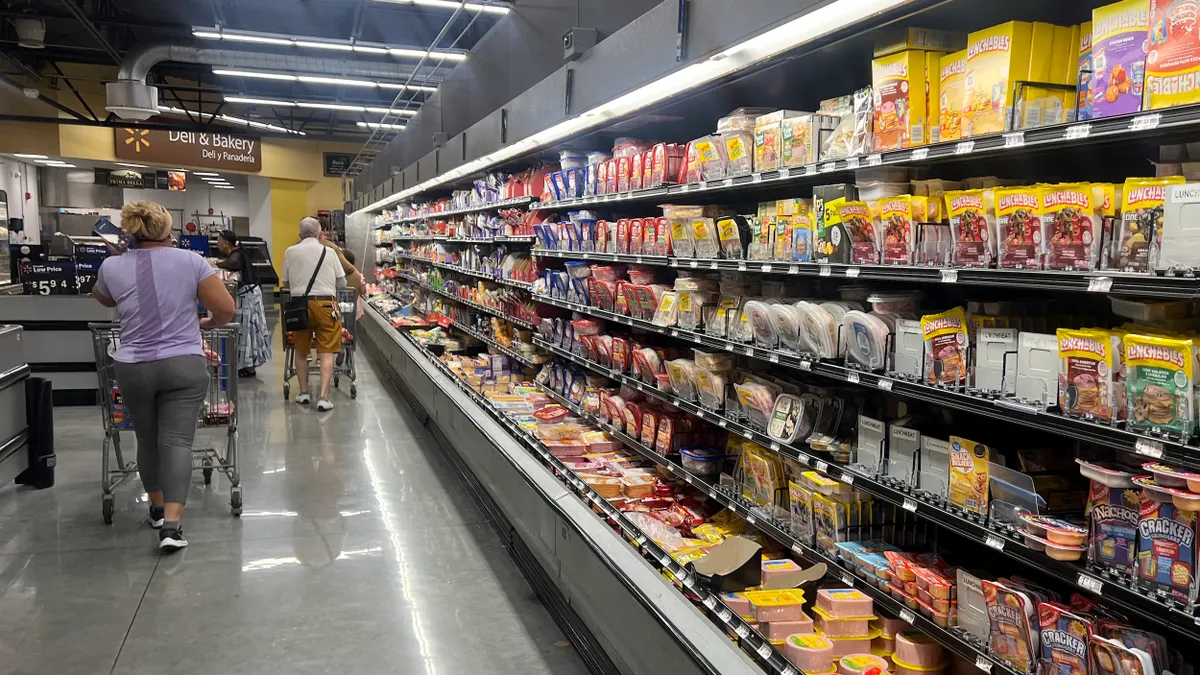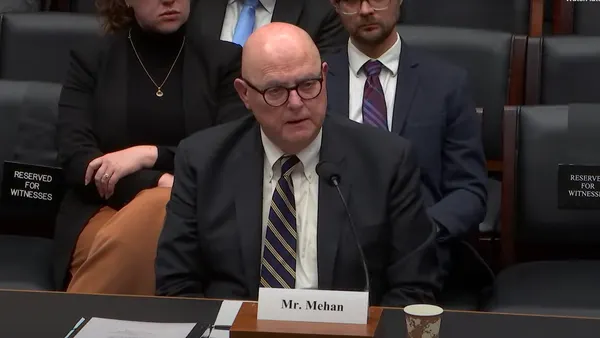Dive Brief:
- GFL Environmental said its activities helped avoid the equivalent of more than 3.15 million metric tons of carbon dioxide in the 2019 fiscal year, according to the Canada-based company's first sustainability report.
- The company touted diverting nearly 1.17 million metric tons from disposal, about 63% of which was recyclable materials and the remainder organics. Fiber comprised nearly 78% of the recyclable tonnage, followed by plastics, metal and glass.
- GFL also pledged to publish its overall greenhouse gas emissions within the next year, which will inform future climate-based goals. “We’re very focused in the next couple of years on identifying targets and objectives and disclosing more," Vice President of Environmental Responsibility and Sustainability Jennifer Ahluwalia told Waste Dive.
Dive Insight:
Since its founding in 2007, GFL (Green For Life) has often pointed to sustainability services as a differentiating factor within the Canadian waste industry and more recently in the United States. GFL's new report also notes having an executive leadership team comprised of 40% women, along with a new "Women in Waste" recruitment initiative for hourly employees, which is unique within the industry.
The company codified its corporate sustainability policy last fall and mentioned to Waste Dive it would be voluntarily releasing this initial report shortly after going public in March. While GFL may be newer to the world of environmental, social and governance (ESG) reporting than some of its larger competitors, this thinking isn't new to the company itself, according to Ahluwalia.
"I think in a lot of companies, sustainability has been borne out of tackling their ESG disclosures," she said. "For us, it was really an integral part of how the company was founded and it was a platform for differentiating us and the services that we offer against those in the marketplace."
In Ahluwalia's view, ESG initiatives should be about growing the business and not just mitigating risk or reducing environmental footprints. The company's report lays out how it approaches this through Sustainability Value Initiatives (SVIs) set by senior leadership during the budgeting process, as well as Greenlight Innovation Workshops that draw on employee ideas.
SVI examples include a pilot re-refinery facility for used motor oil, 11 organics processing facilities and a network of soil remediation sites. GFL also highlights its two largest MRFs (one in Toronto, the other in Denver) among the examples. Using optical sorters and robotics, the two MRFs have a combined capacity of up to 600,000 metric tons per year. According to GFL, the company avoided more than 2.2 million metric tons of carbon dioxide equivalent "from the end-market recycling of our recovered products" in 2019.
Ahluwalia confirmed GFL's broader total of avoided emissions includes recycling, organics, used motor oil and landfill gas-to-energy (LFG) projects. This calculation for avoided emissions does not include business from any acquisition activity after the third quarter of 2019, such as Michigan-based American Waste or Virginia-based County Waste.
While GFL reported deriving an estimated 41% of its revenue in Southern Ontario from "providing resource recovery solutions that help our customers reduce their greenhouse gas footprints," the company's overall emissions baseline won't be clear until further data is released.
Based on reporting by larger industry companies, such as Waste Management and Republic Services, a sizable portion of GFL's greenhouse gas emissions could be expected to come from its landfill and fleet assets.
While the company derives a smaller share of its revenue from disposal than some other large competitors, its footprint of 45 owned or managed landfills is not insignificant. According to the report, 79% of those locations had systems to capture emissions of carbon dioxide, methane or other gases and convert some into energy as of 2019.
On the fleet side, an estimated 14% of GFL's solid waste collection vehicles run on compressed natural gas (CNG) and the company has 22 fueling stations. That percentage is relatively similar to many of the industry's other large players – except for Waste Management, which has a much higher proportion of CNG. Asked whether GFL could pursue other alternative fleet technologies in the future, Ahluwalia said "CNG is the primary focus," but noted the company would be thinking long-term and "we’re innovative, so things can change quickly."










